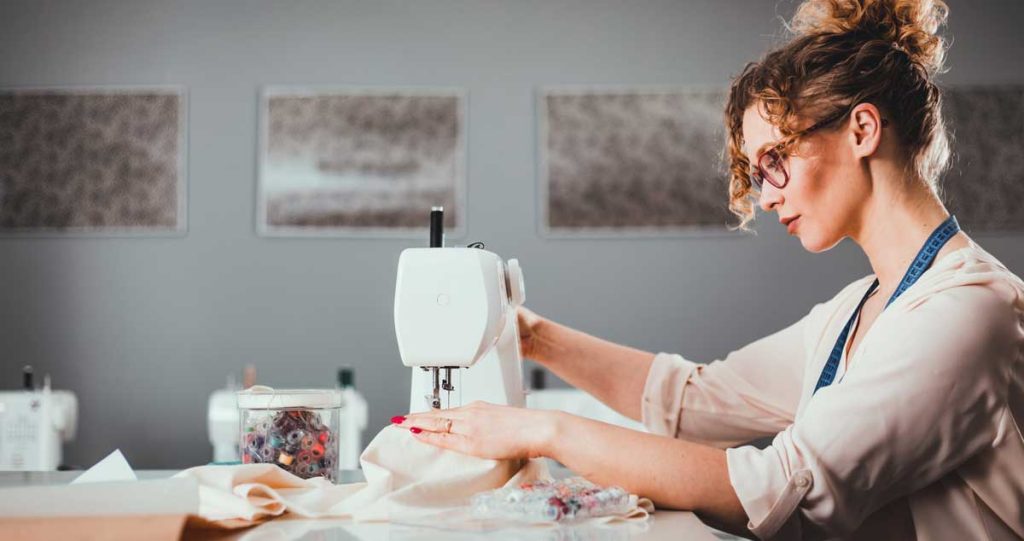Japanese Tailoring: What is it?
Japanese tailoring represents a distinctive approach to construction methods within Japan’s ready-to-wear clothing sector. This method seamlessly blends the intricate craftsmanship of traditional tailoring with the efficiency and accessibility of modern techniques, resulting in impeccably crafted garments.
These are a few of the characteristics found in Japanese tailoring techniques:
- Fusible interfacing is used as a substitute for hair canvas.
- Instead of hand-stitched tape along the roll line, fusible stabilizing tape is used.
- Garment shaping is achieved through pressing rather than pad stitching.
- The seam allowances at the edges of the collar, neck, and facings are adjusted on the pattern to save time, improve accuracy, and ensure concealed seams on the front-facing side of the garment.
- Bulk is eliminated in the notch area where the collar joins the garment.
- Collar and lapel corners are symmetrically turned under.
- Seams reverse direction at breakpoints, resulting in flat, sharp edges on collars and facings.
- Welt pocket ends are mitered to remove bulk and conceal seams.
- Sleeve vents provide an opportunity for the sleeve to be lengthened or shortened if needed.
- Additional ease is incorporated into the lining.
- Hand stitching is minimized.
Sewing Tips from Judy
- Understand the pattern before you sew, so that easing and stretching can be done appropriately.
- Check seam allowances — 5/8″ isn’t always the best standard. A narrower seam is better if grading is needed; a wider seam gives room for fitting.
- When tracing patterns, dry iron the pattern paper. Paper can shrink with a steam iron!
- Extend the grain lines the full length of the pattern.
- Make a fitting shell, especially if making the pattern for the first time. It tests the fit and the style.
- Check the seams and make sure they match. Always check on the stitching lines, not the cutting lines.
- Add notches on long seams instead of using lots of pins.
- Check princess lines-make notches on the front working from the bottom up and the top down above and below where the dart fullness is, then compare the notch distances and make sure they match.
- On armscyes, it is helpful to know how much sleeve ease exists before it is set in. More than 1 1/2″ is too much. If there is too much ease, fold out the excess in the sleeve cap.
- On a two-piece sleeve, be sure there is ease to accommodate the elbow.
Unshin
Interested in learning more about Japanese-style sewing? Watch this video to learn about unshin, a Japanese hand-sewing technique:
~ Judy Barlup, formerly of Unique Techniques, is a master of Japanese Tailoring and was a frequent teacher at ASG events. Although Judy is no longer teaching, her tips and techniques are timeless.






